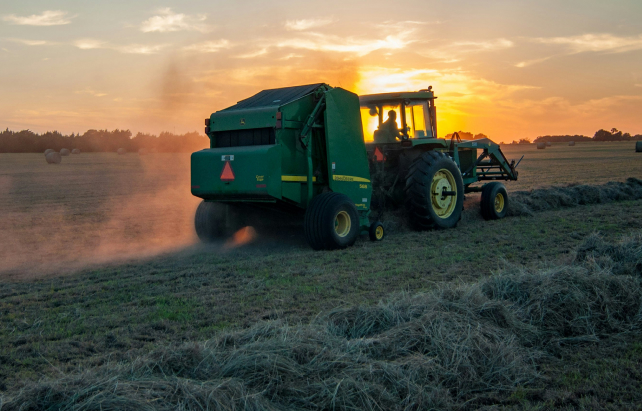As we head into a downturn, now might be the time to heed some advice from Warren Buffet and “Be fearful when others are greedy and greedy when others are fearful.”
But how do you expand when high operating costs and depressed commodity pricing eat into profits and squeeze working capital? The answer: preserve your cash flow and target the right opportunities.
Here’s how:
Define your growth goals and map out your opportunities
With your growth goals in mind, identify what needs to be done to achieve them. Whether buying new land to increase revenue or making infrastructure improvements to boost your margins, map out each of these opportunities diligently.
Lay out every scenario (accounting for the highs and lows) in an effort to stress test decisions to see how the opportunity holds up – even in three years when the market might inevitably shift.
Set clear intentions within your community
Build and work the relationships within your community, and let folks know you are in a position to buy. Keep a pulse on what’s going on, so if (when?) land is changing hands, you’re one of the first farmers your banker, the local realtors, other landowners, auctioneers, or appraisers think of to approach with opportunities.
Many times, realtors would rather identify a buyer able and willing to pay market price before the land gets listed or goes to auction. If a banker has a customer looking to sell, they’re more likely to think of those farmers who have mapped out the scenarios of a land purchase opportunity and demonstrated its feasibility. Moreover, if you’re in good standing with your banker, it’s a lot easier to get that last-minute deal funded. If you aren’t in this type of standing with your lender, most likely someone else is.
Build your “war chest”
Your ability to capitalize on opportunities is contingent on the size of your war chest (i.e., how much investable capital you have on-hand, the equity you have to borrow against, and your ability to service debt).
To set up your farm for growth:
- Know how much equity you can borrow against to finance the next opportunity (and the one after that).
- Understand how much debt you can service across a range of market conditions. Most lenders require a Debt Service Coverage Ratio (DSCR) of 1.2 to build in a safety cushion.
- Secure your profitability. Make sure you’re operating efficiently to ensure that you can cash-flow new deals and cover your expenses appropriately.
Preserve your working capital
Having a strong cash position gives you the freedom to access the debt you need to capitalize on deals in a downturn, especially when others can’t. But given the current farm economy, now’s a time to save your cash and think about financing new ground.
One option? Instead of tapping into your working capital to access debt or buy land outright, explore unlocking the equity you have in your land through an investment partner:
- How farmland equity capital works
- How farmland equity capital can help you access more debt
Note this is not investment advice. The information contained should be used for informational purposes.
Authors: Steve Conaway & Grant Wiese
Steve Conaway is a real estate appraiser and analyst. He also farms corn, beans, wheat, and grain sorghum in North Kansas.
Grant Wiese is a former ag loan underwriter and current ag lender who also farms corn and soybeans in Nebraska. For more great content, sign up for Grant’s weekly newsletter at www.farm640.com and follow Grant on www.X.com @gwiesefarms.
LEARN HOW TO UNLOCK YOUR EQUITY
"*" indicates required fields
We hold your data in high regard. By submitting this form, you are consenting to the use of this information in compliance with our Privacy Policy.


